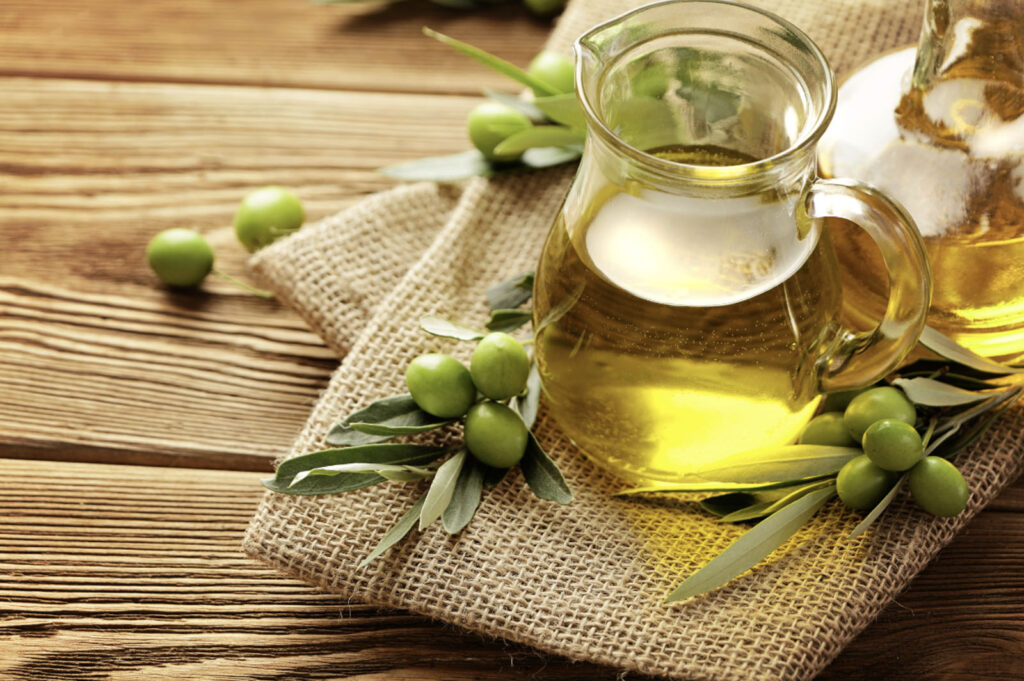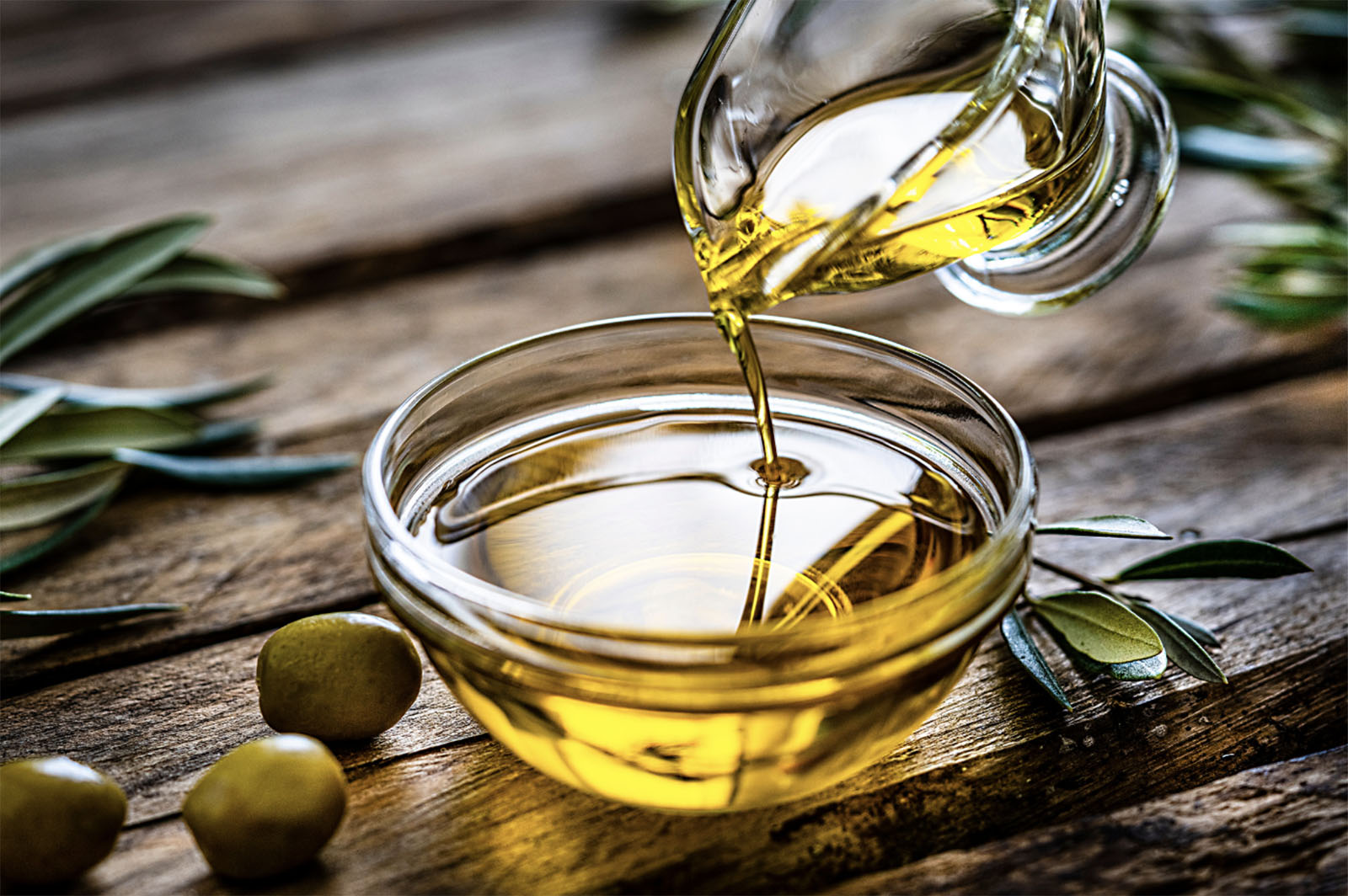Olive Oil Quality and Verification
Olive oil, renowned for its health benefits and culinary versatility, is a staple in kitchens worldwide. However, not all olive oils are created equal. Ensuring the quality of olive oil is crucial for both consumers and retailers.
Introduction to Olive Oil Quality
Olive oil quality can be influenced by numerous factors, including the type of olives used, the extraction process, and storage conditions. High-quality olive oil boasts better flavor, nutritional value, and longer shelf life. Testing olive oil ensures it meets the standards of purity, taste, and health benefits that consumers expect.
The Importance of Olive Oil Testing
Testing olive oil quality is essential for several reasons. It helps in verifying the authenticity of the product, detecting adulteration, ensuring compliance with labelling standards, and maintaining consumer trust. Additionally, it aids producers in improving their processes and products.
Common Olive Oil Grades and What They Mean
Olive oil is classified into different grades based on its quality and production method. The main grades are:
- Extra Virgin Olive Oil (EVOO): The highest quality, mechanically extracted oil solely from the olive fruit that adheres to a high chemical standard and lacks any form of sensory defect. Olive oil is extracted without the use of chemical treatments.
- Virgin Olive Oil: Also produced without chemicals but with a slightly higher free fatty acidity than EVOO and can contain low-intensity sensory defects.
- Refined Olive Oil: Chemically treated to neutralize olive oil not fit for human consumption and defects.
- Olive Pomace Oil: A chemically extracted oil made from the pomace or olive residue left after the initial extraction.
Sensory Evaluation: Tasting Olive Oil
Sensory evaluation, or tasting, is a traditional method to assess olive oil quality. Expert tasters evaluate the oils aroma, flavor, and mouthfeel. Key attributes include:
- Fruitiness: Fresh olive flavor, ranging from a mild to robust intensity and green to ripe fruitiness.
- Bitterness: Bitter is typically based on the presence of oleuropein and how it’s extracted – typically riper olives have a lower bitterness, but not an indicator of freshness.
- Pungency: A peppery sensation in the throat, often a sign of high polyphenol content.
Defects such as rancidity, fustiness, or mustiness indicate poor quality or improper storage.

Chemical Tests for Olive Oil Quality
Chemical testing provides objective data on olive oil’s composition. The most common tests include:
- Free Fatty Acids (FFA): Measures the oil’s acidity, with lower levels indicating higher quality.
- Peroxide Value: Assesses the extent of primary oxidation, which affects freshness.
- UV Absorption: Detects secondary oxidation products and possible adulteration.
- Fatty Acid Profile: Analyzes the types and proportions of fatty acids, ensuring the oil matches the typical profile of authentic olive oil.
Understanding Acidity Levels in Olive Oil
The acidity level in olive oil, expressed as the percentage of free fatty acids, is a crucial quality parameter. Lower acidity indicates better quality and less degradation. Extra virgin olive oil, for instance, must have an acidity level of less than 0.8%.
The Role of Peroxide Value in Olive Oil Freshness
The peroxide value measures the amount of peroxide oxygen in the oil, indicating the degree of primary oxidation. Fresh, high-quality olive oil should have a peroxide value below 20 milliequivalents per kilogram. Higher values suggest oxidation and a shorter shelf life.
Detecting Adulteration: Purity Tests for Olive Oil
Adulteration, such as mixing olive oil with cheaper oils, is a significant concern. Purity tests include:
- Sterol and Triterpene Analysis: Identifies the presence of non-olive oil sources.
- Isotope Ratio Mass Spectrometry (IRMS): Can help determine the geographical origin, as well as detecting adulteration.
Oxidation and Rancidity: Ensuring Olive Oil Longevity
Oxidation leads to rancidity, negatively affecting flavor and health benefits. Factors such as light, heat, and air exposure accelerate oxidation. Proper testing for oxidation products and maintaining optimal storage conditions are crucial for preserving olive oil quality.
The Impact of Olive Variety and Harvesting Methods on Quality
Different olive varieties and harvesting methods influence oil quality. Early harvest olives tend to produce oils with higher polyphenol content and better sensory attributes. Gentle handling and prompt processing also help in maintaining the oil’s integrity and flavor.
Storage Tips to Maintain Olive Oil Quality
Proper storage is vital to prevent degradation. Key tips include:
- Keep it cool: Store at a temperature of 14-18°C (57-64°F).
- Avoid light: Use dark bottles and store in a dark place.
- Seal tightly: Minimize air exposure by keeping the bottles sealed.
Certified Quality: Understanding Olive Oil Certifications
Certifications from reputable organizations help ensure the quality and authenticity of olive oil. Look for labels such as:
- EVA – Extra Virgin Alliance certification is awarded if olive oils meet the standard set out by the North American Olive Oil Association.
- OOCC the standard for California Extra Virgin Olive Oil required under the California Department of Food and Agriculture.
These certifications are designed to indicate that the oil meets specific standards and originates from recognized regions.
Ensuring the Best Quality Olive Oil
Testing olive oil quality is essential for ensuring that you are marketing and buying the best product. Our testing services can help you to validate your assumptions about the olive oil you are producing or purchasing, and ensure you’re buying and selling a quality product.
For more information on how to test olive oil and our olive oil testing services, contact us.
